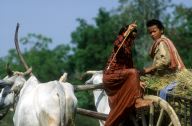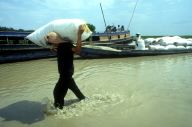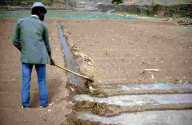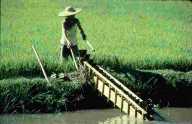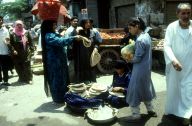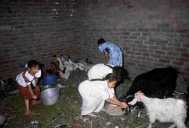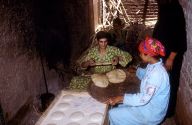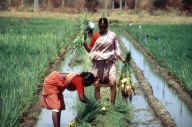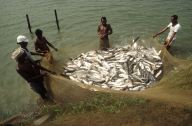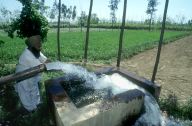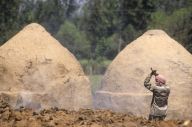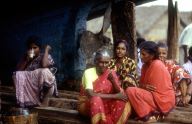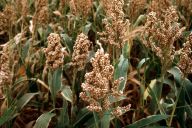|
Junior Farmer Field and Life School Manual Published |
|
|
|
|
Written by Carol Djeddah
|
|
Thursday, 18 October 2024 |
|
In response to the growing number of orphans and vulnerable children, the Food and Agriculture of the United Nations (FAO) , in close collaboration with the World Food Programme (WFP) , has supported the development and implementation of Junior Farmer Field and Life Schools (JFFLS) in various countries of East and Southern Africa over the past several years.
Junior Farmer Field and Life Schools (JFFLS) are designed to empower orphans and other vulnerable children aged 12 to 18 years who live in communities where HIV/AIDS has had a strong impact on food security. A JFFLS seeks to improve the livelihoods of vulnerable boys and girls and provide them with opportunities for the future. To increase children’s selfesteem and livelihood prospects, a JFFLS imparts agricultural knowledge and life skills in a participatory way thereby reducing their risk of pursuing HIV-risky survival strategies. A JFFLS is run by a small group of local facilitators, often including an extension worker, a teacher and/or a community animator. The community plays an integral role in monitoring and implementing the schools, including providing land and volunteers to help school activities.
This Getting started! manual comprises two parts. The first part provides background information on the JFFLS approach, its origins and guiding principles. The second part describes how to initiate and manage a JFFLS. This part is divided into nine chapters, each representing a step that needs to be taken to implement a school.
Correct citation: FAO/WFP, 2007. Getting started! Running a junior farmer field and life school. FAO/WFP, Rome, Italy. 146 p.
Guide information and Dowload
|
|
Last Updated ( Thursday, 18 October 2024 )
|
